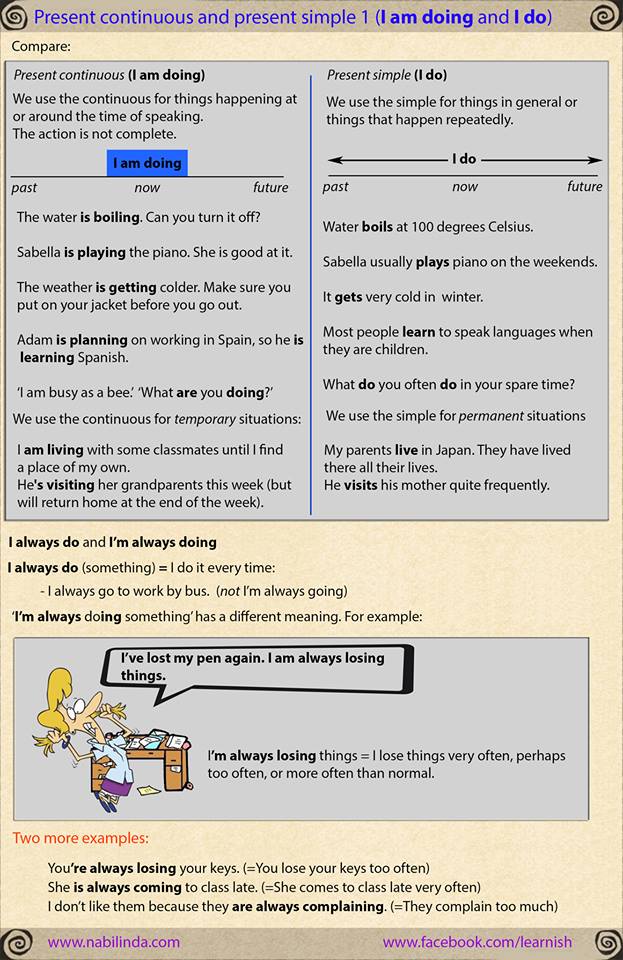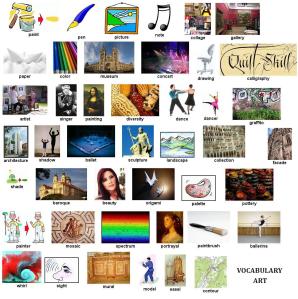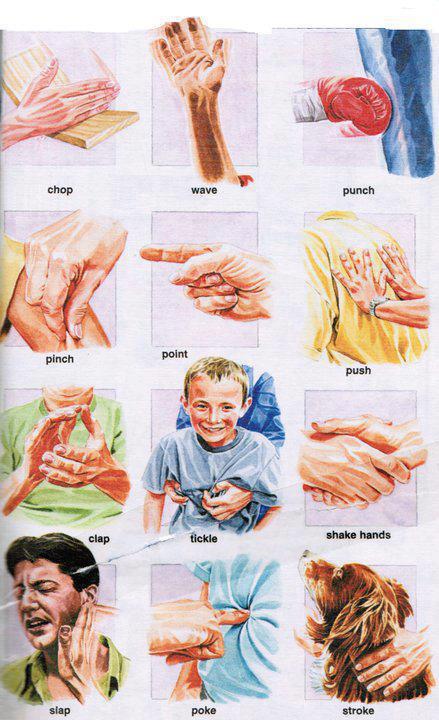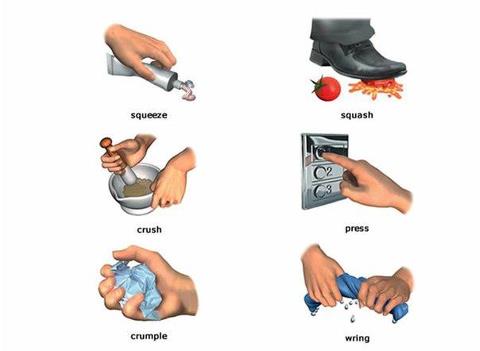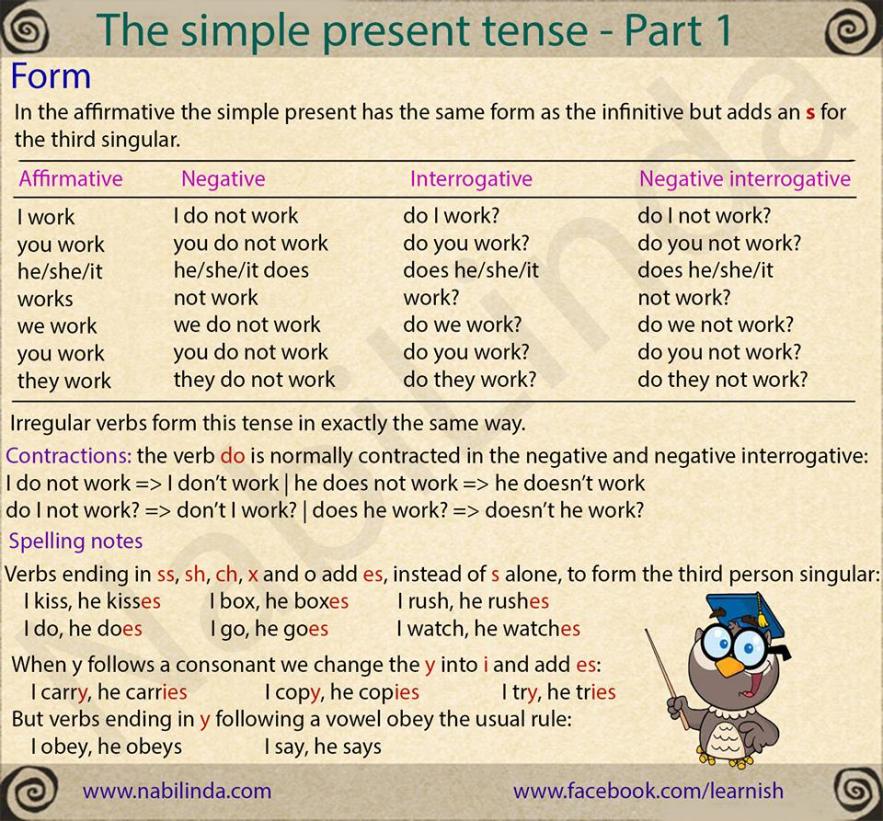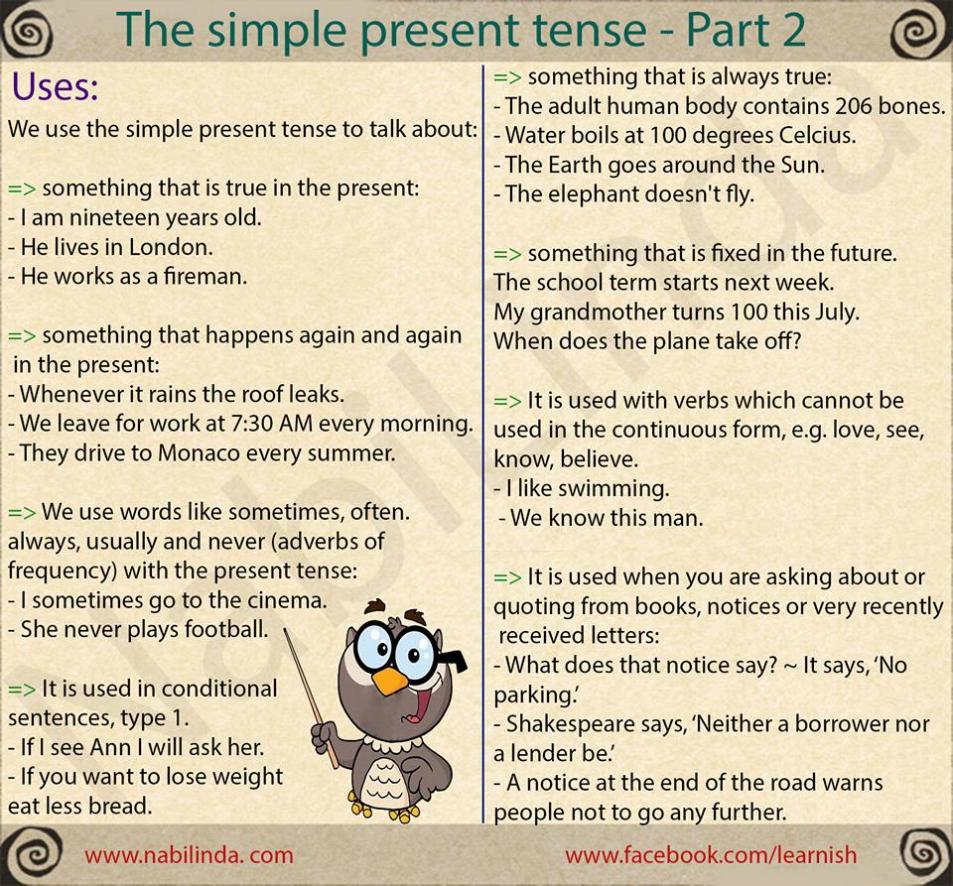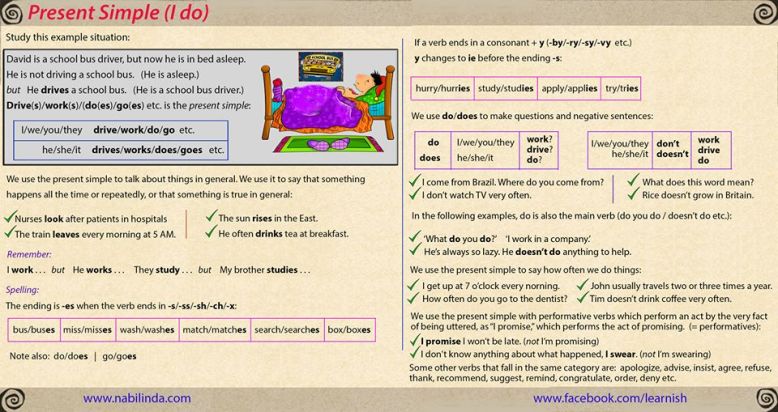Picture description.
Introduce the photo: This photo shows…. I can see
Location: on the left/right , in the middle, at the front/back
The people (appearance and actions) She looks sad. He is reading
Your opinion: I think…. I like it because…
First Term a photo description ( tips)
DESCRIBING SOMEONE’S AGE
In the picture I can see a(n)
- baby - child - a teenager - an adult - an old person
* Remember you are describing a picture so , when talking about age you can
only guess. Therefore, you can’t say: She is 36…. Because you don’t know .
Use instead:
I think she is / she looks….
- in her early/mid/late forties/fifties/ teens
- He’s middle –aged
- (probably) about 30
- old /young
DESCRIBING SOMEONE’S HAIR
• Length : short, medium-length , long
• Appearance: Wavy /weivi/ , curly / k3:li/ , straight /streit/
• Hair colour : black, brown, fair, red, white. He’s bald ( no hair)
• Facial hair : a beard /biәd/ , a moustache /mәs’ta:∫ /, goatee
/gәu’ti:/, sideburns
• Hairstyles: braids, ponytail, pigtail, bun Ex. Her hair is in a pigtail
DESCRIBING WHAT SOMEONE IS WEARING
.
• Sentence starters
- He is well dressed
- He is wearing casual clothes
- He is wearing formal/informal clothes.
- He is wearing fashionable clothes
• He is smartly dressed / He is wearing smart clothes
• Materials
- Cotton… he is wearing a blue cotton shirt
- Silk…….she is wearing a silk blouse
- Woolly …. she is wearing a woolly jumper
- Leather …. she is wearing a leather jacket
- Denim …… she is wearing
• It has…
- short / long sleeves
- buttons
- a zip
Ex: He is wearing a striped blue shirt with short sleeves and red buttons and a leather
jacket.
….
ALSO
• She’s wearing small earrings
• She’s got a nose ring and a small tattoo on her shoulder
• She’s carrying a handbag , rucksack
DESCRIBING HOW THEY FEEL
She looks……tired, excited, nervous, worried, bored, happy, sad, angry…. ( can
you add any others?)
*One way to improve your description would be using intensifiers such as.:
Quite/ a bit/ very/ really, rather…
( Can you think of any others)
EX. She looks a bit tired because she …
She seems a bit nervous
They look quite happy because she is smiling / laughing
He seems very sad because he is crying
They both look rather worried
She looks as if she’s going to cry
She looks as if she is going to laugh
IMPROVING YOUR DESCRIPTIONS
-
They’ve both got blonde hair/ They are both wearing jeans
- Adding opinions:
-Her shoes look expensive.
- He’s wearing really nice clothes
- She’s about 1.80. ;that’s really tall
- I can see a woman (and she’s) sitting on the sofa.
- The man is wearing as suit.
- He must be on his way to work
- He must be late because he looks stressed
HINTS AND TIPS FOR THE DESCRIPTION OF THE PHOTOGRAPH
• You have to describe a colour photograph
• Describe the place, the people in the photo and what they are doing, any
important objects and where they are
• Imagine you are describing the picture to someone who can’t see. Include the
name of the objects, and describe colours, people’s clothes, the weather and so
on.
• Talk about facts and impressions: There’s a…/ she looks..
• If you don’t understand what is happening in the photo, just escribe what you
can see
• Try to sound interested and curious about the subject of your photo; avoid
giving a boring “list” of things you can see.
• Learn expressions to use when you won’t know the word for something, e.g
I don’t know what it’s called in English, but it’s like/ it’s a kind of…It’s a th
Easy Peasy! Have a nice weekend!






























